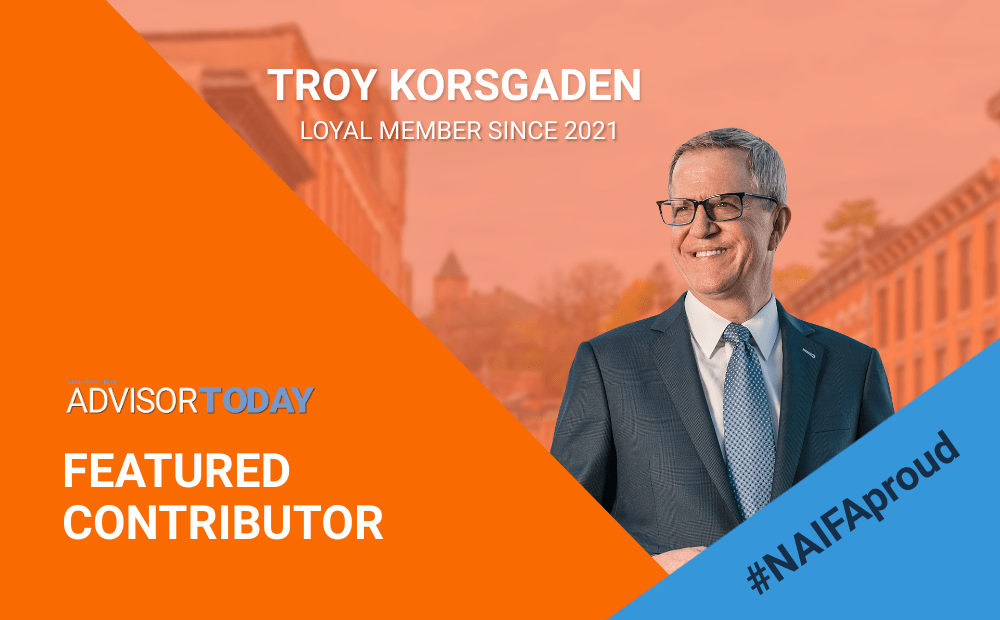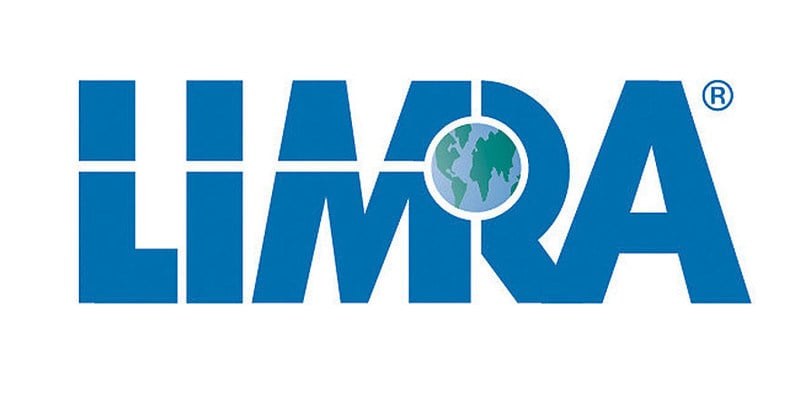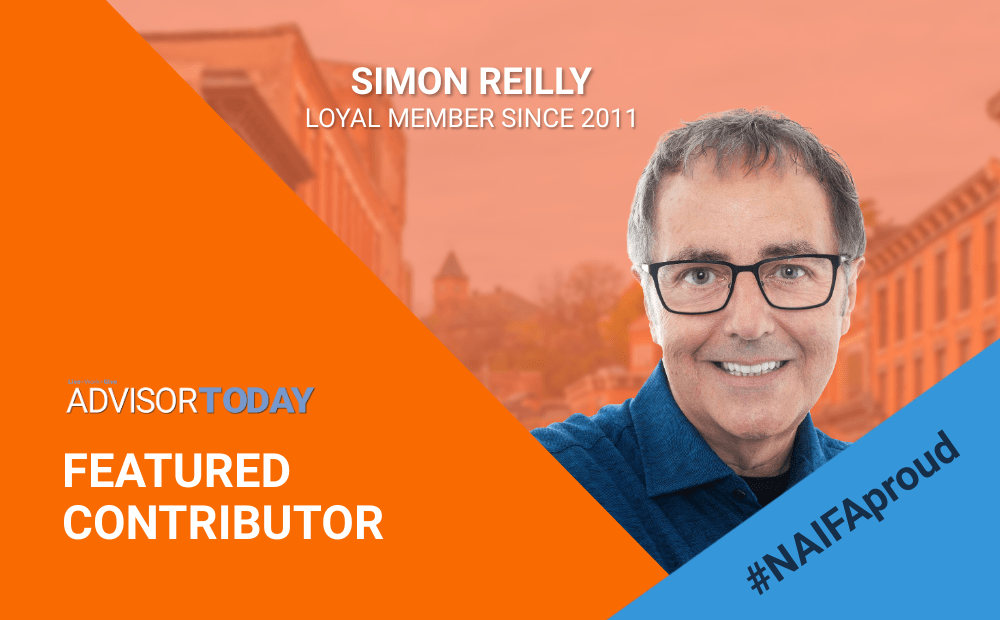For the past few years, pundits have been predicting that bots, robo-advisors, and other technologies will lead to the demise of living, breathing financial professionals. That hasn’t happened yet, and, in my opinion, it never will. Yes, people can conduct much of their preliminary research online, and a few are willing to purchase basic coverage without ever speaking to a person. But most will want a financial professional to guide them through life’s twists and turns. Even those people who purchase coverage from a robo-advisor will seek the expertise of a financial professional as their needs become more complex.
Blend Technology and Personal Service
The misguided prognosticators predicting the end of the financial professional seem to believe we live in an either-or world, a world where customers will work with either technology or a professional, but not both. In reality, the ideal approach is to blend these two channels in what I call a “seamless distribution ecosystem.”
In this ecosystem, customers connect with agency teams through multiple channels that work together seamlessly to provide an exceptional experience. Let me repeat the most important part of that sentence—customers want to connect with agency teams. To expand your business, you must create meaningful connections with current and prospective clients. And that can only happen through personal interactions, not with chatbots and robo-advisors.
Every Associate Must Be a Profit Center
Significantly increasing productive capacity, then, means hiring more sales associates. There are only 24 hours in a day, and as a solo practitioner, you can only reach so many people. But when you hire more sales associates, you expand your reach—and your impact—in the community. If you hire nine people, now your team of 10 has 240 hours in a day, a tenfold increase in productivity!
The old benchmark was one sales associate per 500–750 policies in force. But products are abundant and complex in the multiline business today, and we must focus on serving people not servicing policies. So how do you determine how many sales associates you need? The critical question to ask is, “Is my sales associate a profit center or a cost center?”
The right number of sales associates will be different for every organization. Start with one, then, when your sales associate is making a profit, you can afford to hire another. You want to maximize productivity and extend your reach as far as possible, but always in a way that ensures profitability.
Hire People with Diverse Experience Who Want to Grow
Your new sales associates don’t need sales or product experience right out of the gate. They need two traits: a good attitude and a willingness to grow into something more than they are today. You can teach technical skills, but you can’t teach attitude. Hire people who are coachable and eager to learn.
Also, look for people with different experiences and backgrounds. One of my favorite sales associates rides a Harley. She reaches different people than I do. I don’t ride a motorcycle. I don’t go to a racquet club, and I don’t belong to the Rotary Club. I connect with people I come across in my daily life. So, I want to hire people who are traveling on different paths and will make different connections than I do.
No matter how diverse your team is, however, you and your sales associates must be reading from the same songbook. You can personalize the approach in ways different customers prefer, as long as the business proposition is the same.
All Roads Lead to You
A seamless, easy, and convenient online experience is table stakes for businesses today. Embrace technology as an entryway for prospective clients, knowing that, at some point, they will want to connect with someone they can trust to guide them through the process so they can make the best decisions for themselves and their families.
Create a seamless ecosystem, hire a diverse team, develop them to be profit centers, and eventually, all roads will lead to you.
The Author
Troy Korsgaden is the principal of Korsgaden International, a company that specializes in seamless distribution ecosystems, global marketing, strategy and execution, agency building, and technology implementation for many of the world’s largest insurance carriers and financial services companies. Troy can be reached at: troy@korsgaden.com











